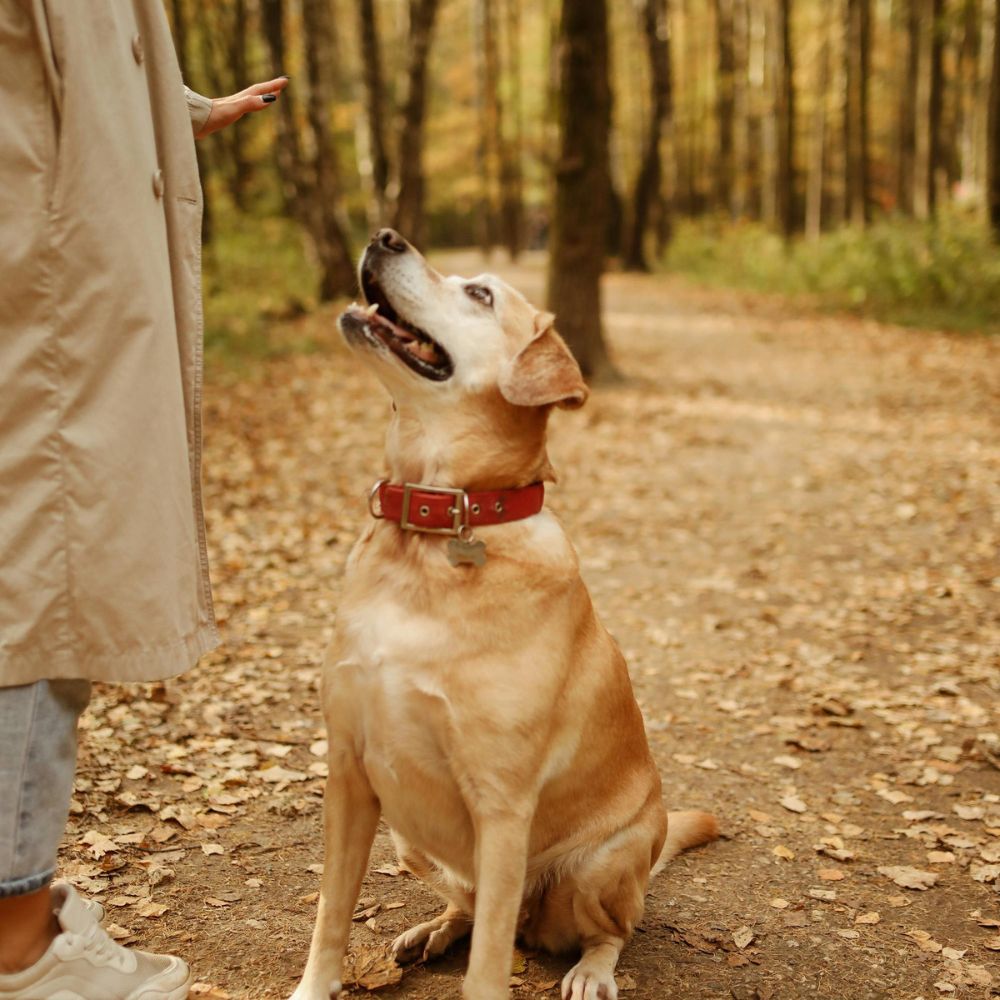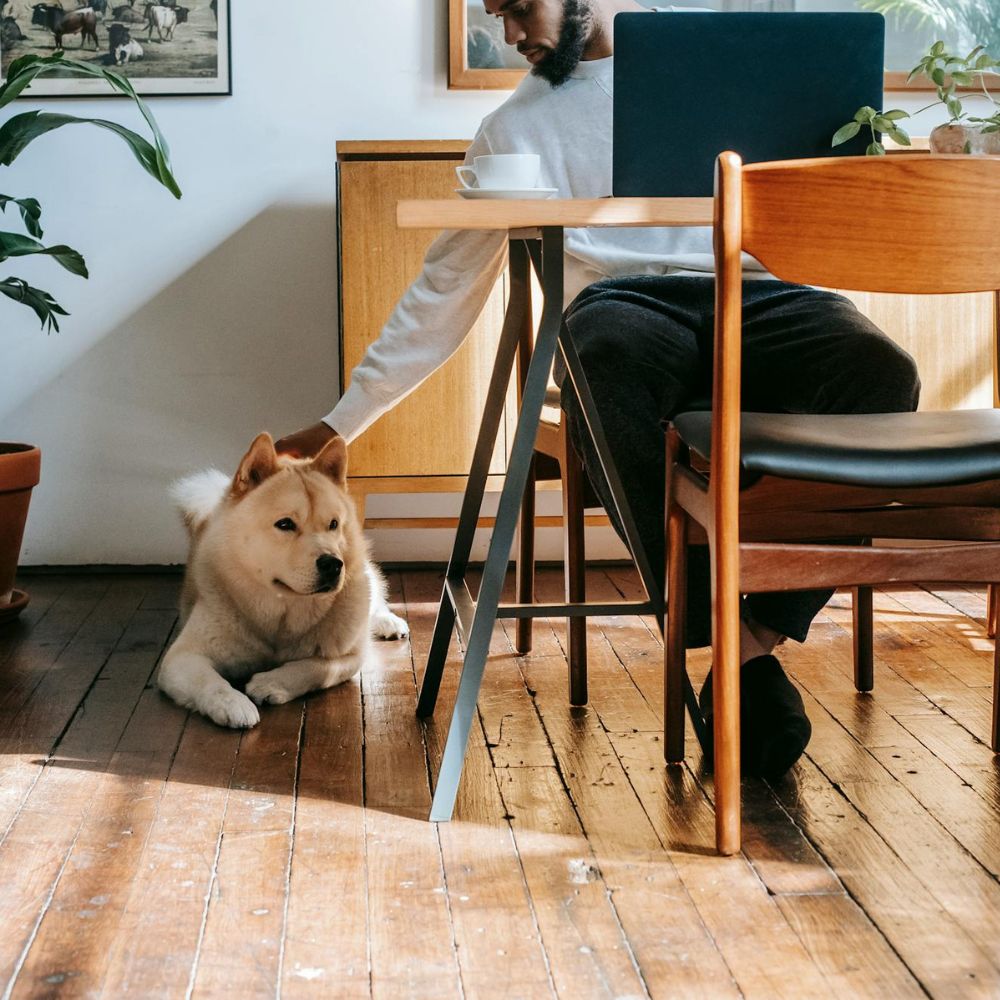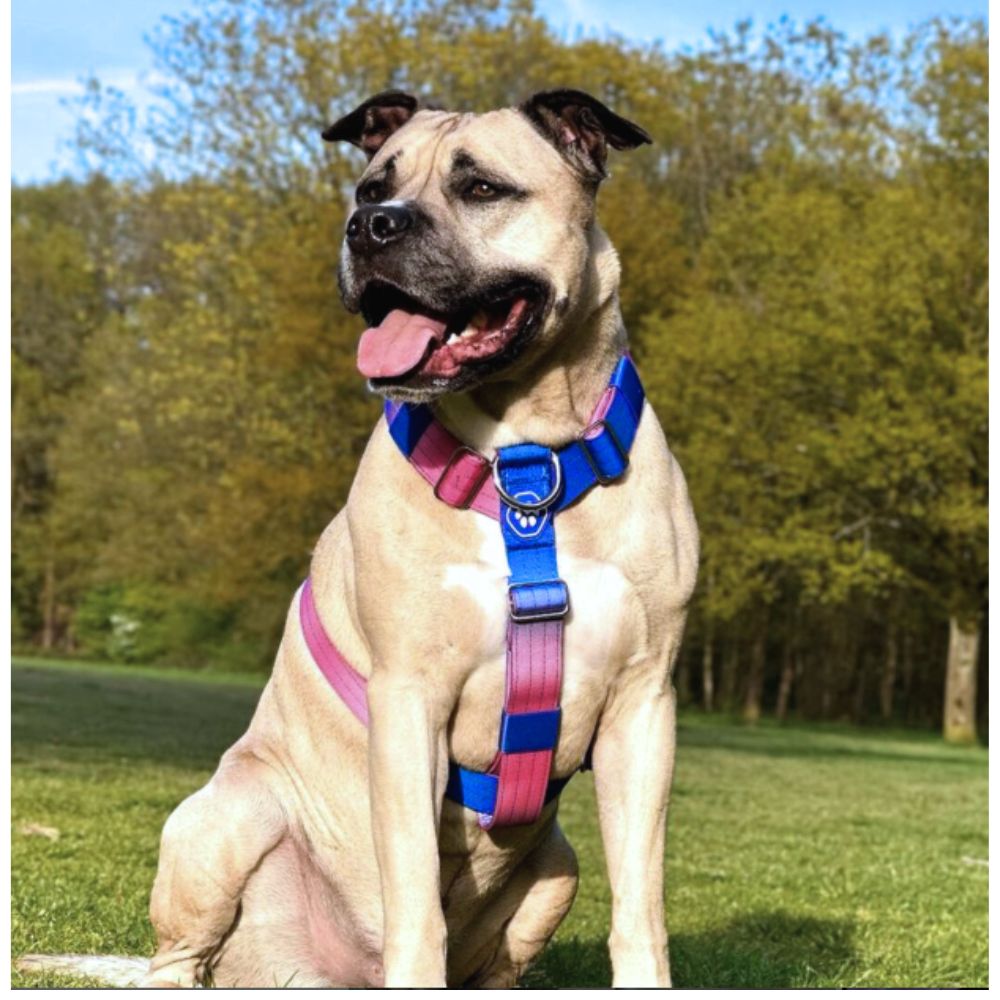Dog Training Hand Signals - All You Need To Know
Dog training involves way more than teaching your dog not to do his business on the living room carpet or channel his inner wolf and howl at the moon.
With a few focused training sessions, your dog can learn some important skills that will make him a well-rounded family pet. So here are 5 of the most common hand signals that you should use when training your beloved pup.
The 5 Most Common Hand Signals
Sit
Teaching your dog how to sit is probably one of the most important steps in obedience training. It forms the basis of good behavior. If your dog understands this basic command, it will be easier to control him when you have visitors or when you need him to calm down for any reason.
When dogs get excited they tend to jump up against people, and the sit command helps control the urge.
Here’s how to do it:
Once you have your dog's attention, extend your arm out with your hand pointed in front of you. With an arc movement upwards your dog will see what you’d like him to do. Along with the hand signal, use a verbal cue to encourage your dog to sit.
“Benji, sit” is often enough to get your dog to sit.
Keep in mind that this first trick is mostly used to keep your dog calm, so you’ll probably need a lot of patience to get the idea through to your pup.
Stay

The stay command is one often used by people with active dogs.
You want your dog to understand the importance of staying put in one place when off-leash, as this will help keep him safe in busy environments like near road traffic or even out in the open where there’s a potential for him (or her) to run off.
It’s also really useful in situations where you want your dog to remain calm like when visiting the local vet or grooming parlor.
Here’s how to do it:
Extend your arm out in front of you, with your palm facing the dog, and your hand held flat, perpendicular to the ground. You can use a stop sign-like gesture to indicate that the dog should remain in place.
This hand signal is similar to the sit signal, so do your best to be clear about what you want your dog to do. Again, the accompanying verbal cue will help avoid any confusion.
Come
A common hand signal for dog owners who take their dogs on outdoor hikes, off-leash walks, or even trips to the local dog park is the signal for your dog to return ‘home’
This is important as you want the reassurance that your dog will return, no matter how excited or focused it gets with its surroundings. As you can imagine, there are many safety-related reasons you want your dog to return to you on command.
Here’s how to do it:
Extend your arm out to the side, with your palm facing upward, and then bring your hand towards your body in a beckoning motion. This gesture indicates to the dog to come towards you.
A word of caution: Only use this command when it is completely safe for your dog to do so. For example, you wouldn’t want to signal your dog to run back if there is a road between the two of you. A well-trained dog will run back to you and ignore whatever is going on around him, so think before calling out “come”
Lie down

The lie-down command is part of the training process if you need your dog to calm down and relax in tense situations. When dogs get over-excited, you want them to learn to take a breather and just lie down in one place.
It’s also pretty handy if you frequent coffee shops or other public places that allow a pet on a leash.
Here’s how to do it:
Point your index finger downward towards the ground, and then move your hand downward in a sweeping motion, parallel to the ground. This gesture signals the dog to lie down.
High 5

While not as essential for safety or control, teaching your dog to give a high five can be a fun way to bond with your pet and provide mental stimulation. It can also serve as a form of positive reinforcement during training sessions, helping to keep your dog engaged and motivated to learn new behaviors.
Here’s how to do it:
Hold your hand up with your palm facing forward, and then raise your hand slightly higher than your dog's nose. Encourage your dog to lift its paw and touch your hand with its paw. You can use treats to encourage this behavior, rewarding the dog when it successfully gives a high five.
How Important is Body Language?
Body language plays a crucial role in teaching your dog to obey basic hand signals. When you combine nonverbal cues with consistent hand signals your dog will be able to distinguish one command from another.
Be careful not to send out mixed signals. If you use verbal cues, they should match your hand signals so as not to confuse dog training sessions.
Dogs ’feed’ off the signals that they receive from other dogs and humans.
For instance, a human's facial expressions can denote fear, excitement, joy, and many more. Your dog can pick up on these emotions and learn to react accordingly. And the same goes for the body language of other animals.
An excited dog will wag its tail, an angry one will raise its ears forward while an anxious dog will raise one of its front paws. All these visual cues play a part in the way a dog chooses to react to different situations.
Looking to Elevate Your Training?
Master the art of communication with your furry friend by investing in a professional dog walk set. Strengthen your bond through clear, confident signals, and watch your training sessions thrive!
Add Verbal Commands To Your Dog Hand Signals
A verbal cue is often used to reaffirm what your dog already understands from its prior training sessions.
Unless there is an underlying medical condition or your dog is simply getting too old, its hearing should be pretty good. Dogs will react better to a hand signal when coupled with a verbal command.
If you want your dog to do something, use a once-off, stern, but not aggressive, tone to get the desired behavior. It would be a mistake to repeat yourself unnecessarily when doing this, as this would be confusing.

